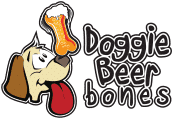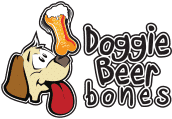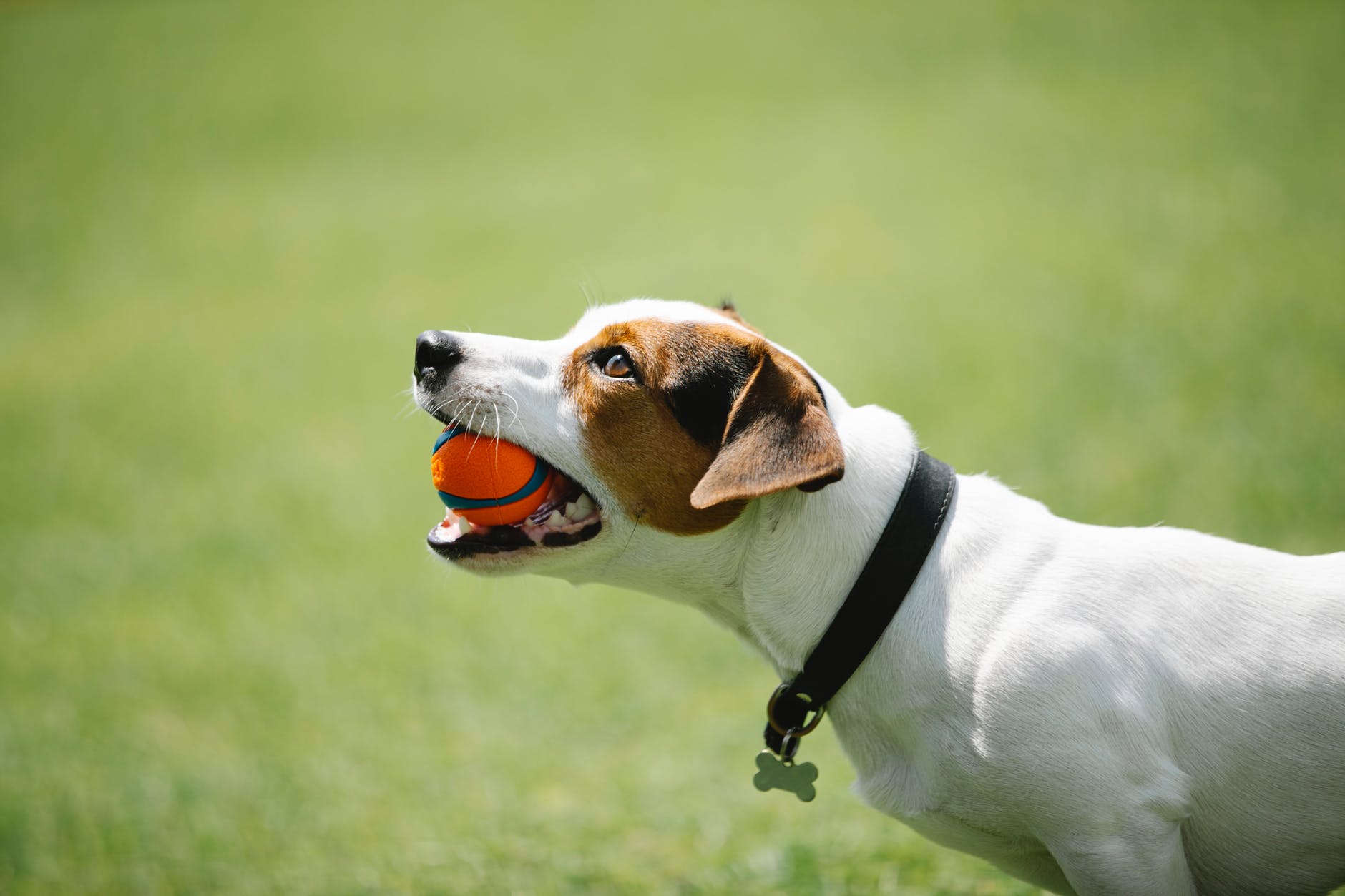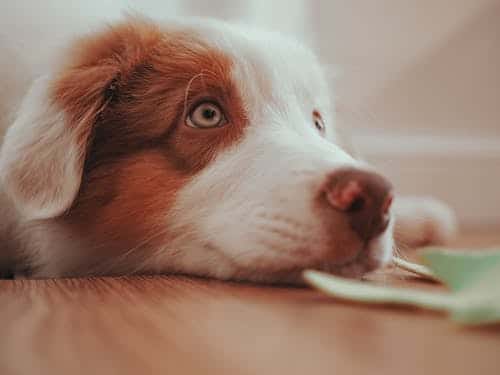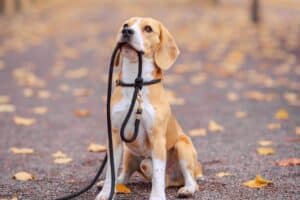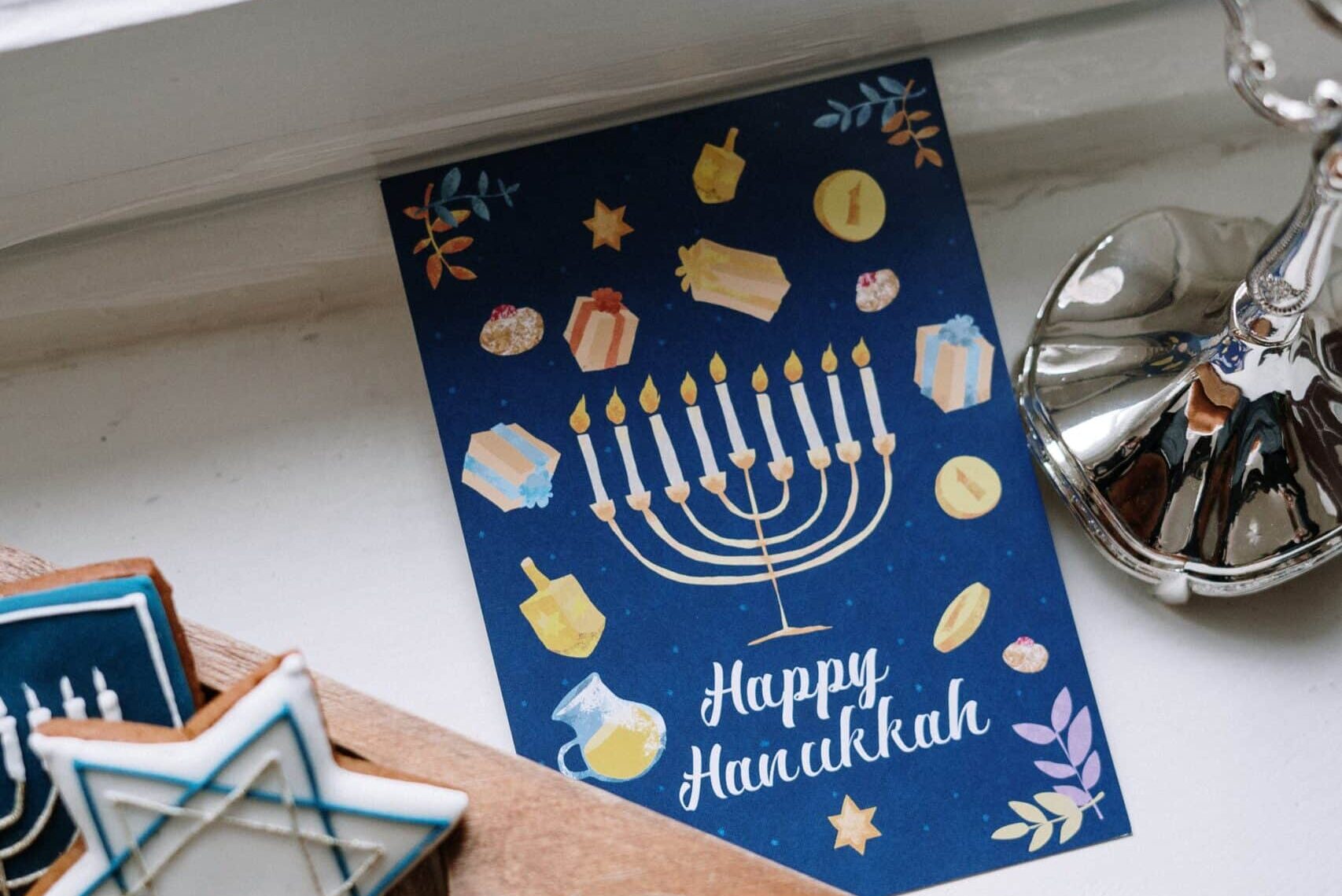It can be alarming the first time a dog parent experiences this kind of dog behavior. Although this is natural for dogs, it’s better to discourage and prevent the behavior to avoid a dangerous situation. Keep reading to learn what resource guarding is and how to prevent it!
What Is Resource Guarding and What Does It Look Like?
In most cases, you won’t know about your dog’s guarding behaviors until your little buddy starts displaying them. Resource guarding, also known as possessive aggression, is a reaction to prevent a threat from taking away something your dog favors. Even though dogs are domesticated, protecting a toy, food, person, or space they strongly value is a behavior they kept through the ages.
Every dog may express resource guarding a little differently and with varying degrees of severity. Sometimes your pup may display subtle signs that include:
- Turning their head away
- Whale-eyeing (wide eyes with the whites showing)
- Picking up the item and exiting the room
- Avoiding eye contact
- Licking lips
- Placing their paw on the item they’re guarding
- Stiffening and rigid stance
- Body blocking
- Teeth baring
- Growling
- Snapping
- Lunging
No matter the breed or size, all dogs are capable of resource guarding.
Remember, you shouldn’t punish your dog for growling. When punished, some dogs will stop communicating and skip straight to lunging and biting. It’s better to know your dog’s limits than end up with an injury (and a miffed dog).
Behavior-Modification Is the Way to Go
Whether your dog is a puppy or a recently adopted member of your pack, creating a safe and stress-free mealtime can prevent possessive aggression. Forming positive experiences with their favorite toys, people, and mealtime through behavior modification takes time but can be accomplished with these steps:
Use Desensitization
With their favorite treat in hand, calmly walk over to your dog while he’s eating. Gently toss the treat into his bowl without kneeling or bending over. Walk away and let him finish his meal. Keep doing this once every meal until your dog is relaxed.
Reinforce with Counterconditioning
Incorporate a command like “leave it” or “drop it” to prevent possession of toys and treats. While he has the toy he’s resource guarding in his mouth, hold a treat out to him. Once he drops the toy, reward him with the treat while saying the command. If your dog shows any stiffening or signs of possessive aggression, stop immediately.
Create a Safe Space
If you have a multiple dog household and your dog is showing dog-directed resource guarding, it’s best to remove any items your dog may guard. Separate your dogs during mealtime and block off areas of the house to create a safe environment for your pup.
Set Your Dog Up for Success!
Training and conditioning your dog as a puppy is an excellent preventative method, but isn’t possible for all dogs. Consulting a certified dog trainer or veterinary behaviorist is the safest method to treat possessive aggression. Resource guarding is common among dogs, but still treatable. It’s even tolerable if the behaviors are mild and you’re willing to make some adjustments for your four-legged friend.
Need treats for your training sessions? Head over to our shop page and grab a Peanut Butter Bundle. Save 20% by choosing from any crunchy or soft-baked treats and our CBD Peanut Butter!
If you liked this blog post you should check out our other posts on canine dementia and how to remove ticks!
Sources:
Behavior Modification in Dogs. Merck Manual Veterinary Manual. Accessed November 25, 2021.
Factors associated with canine resource guarding behaviour in the presence of people: A cross-sectional survey of dog owners. Science Direct. Accessed November 25, 2021.
